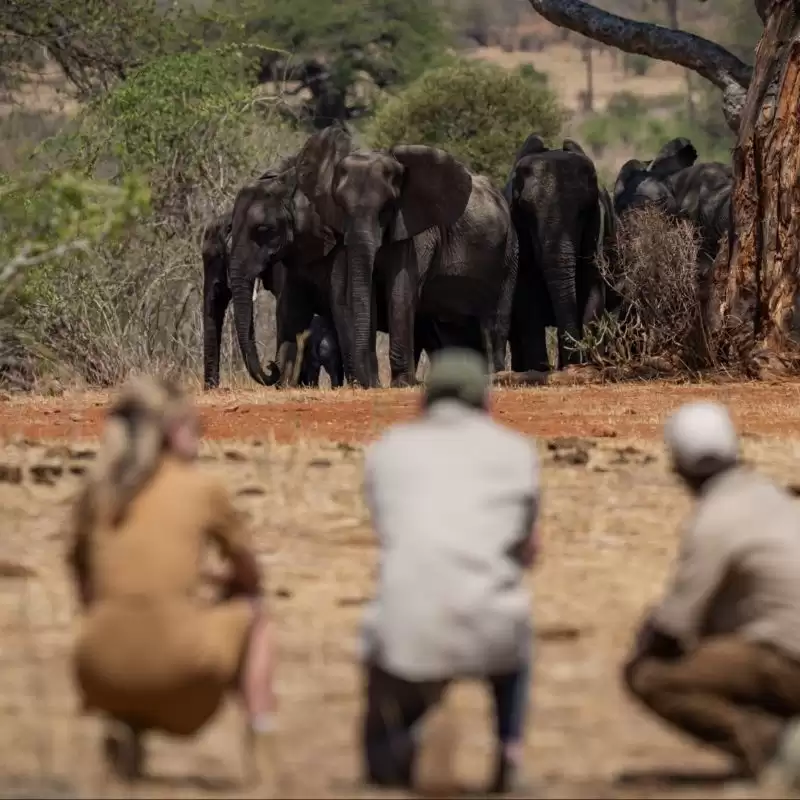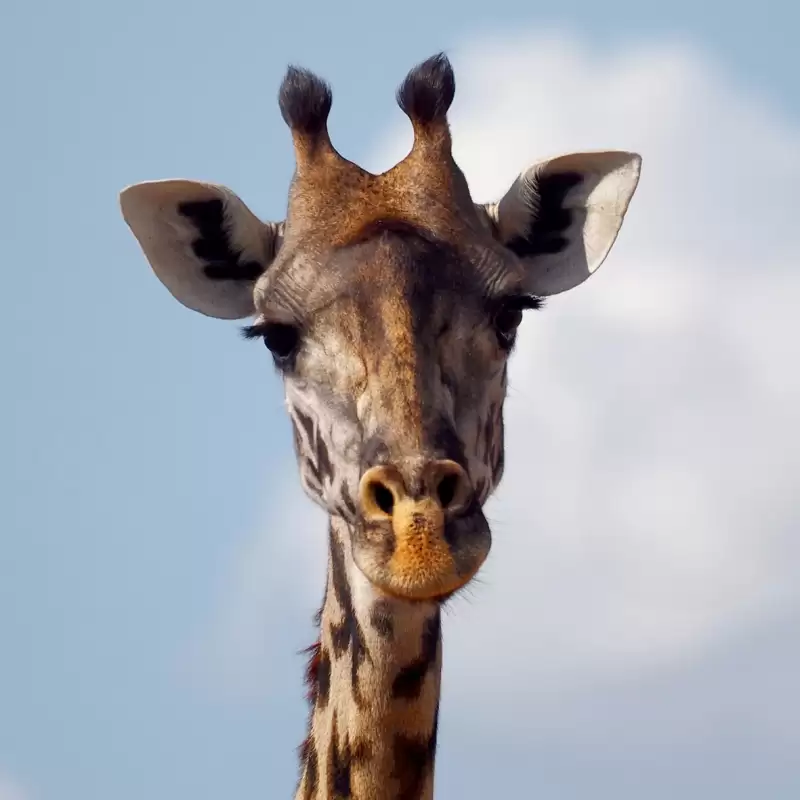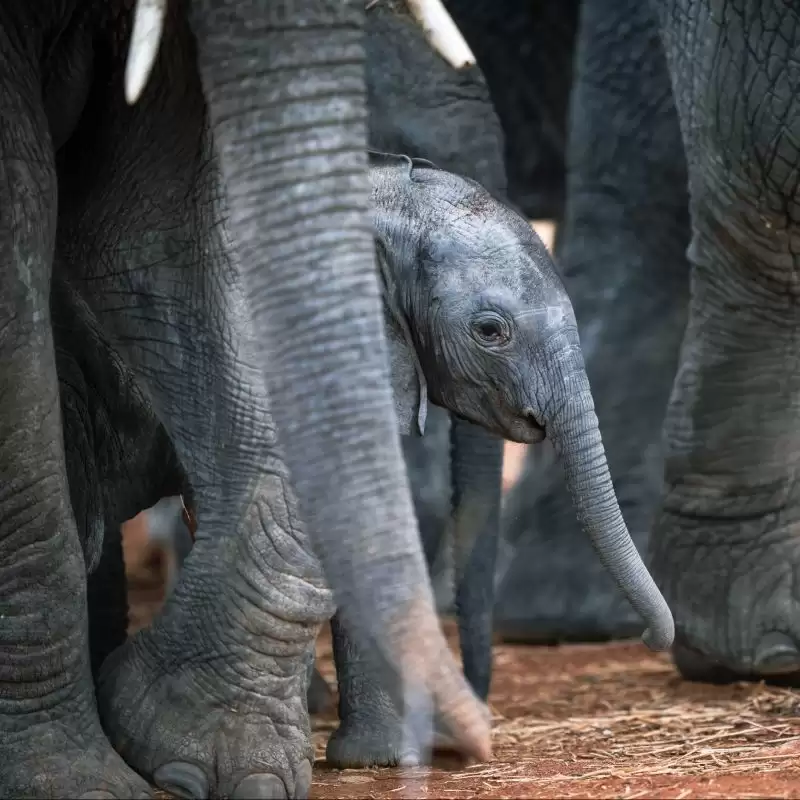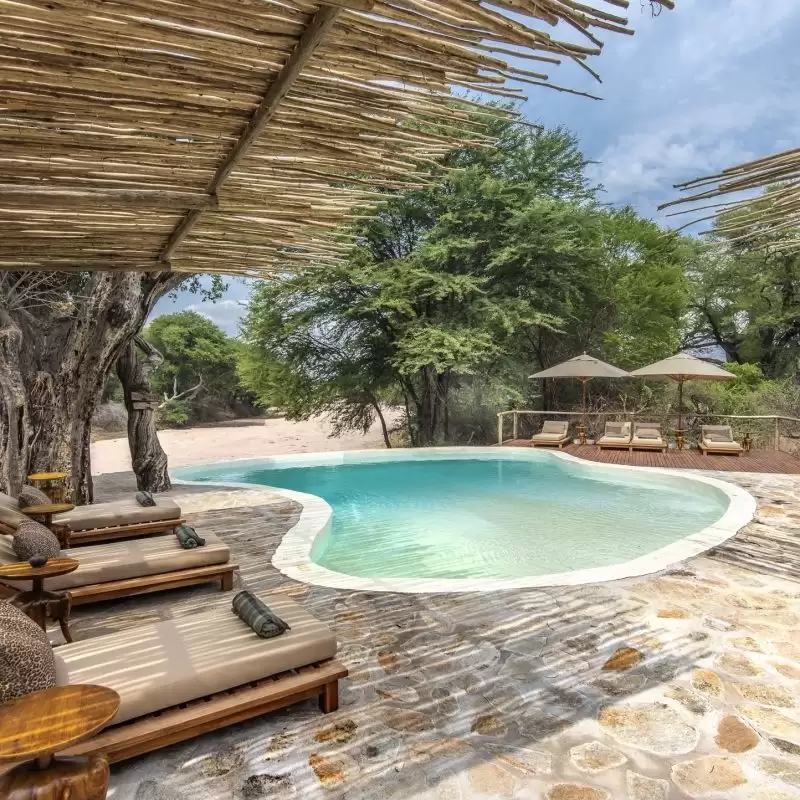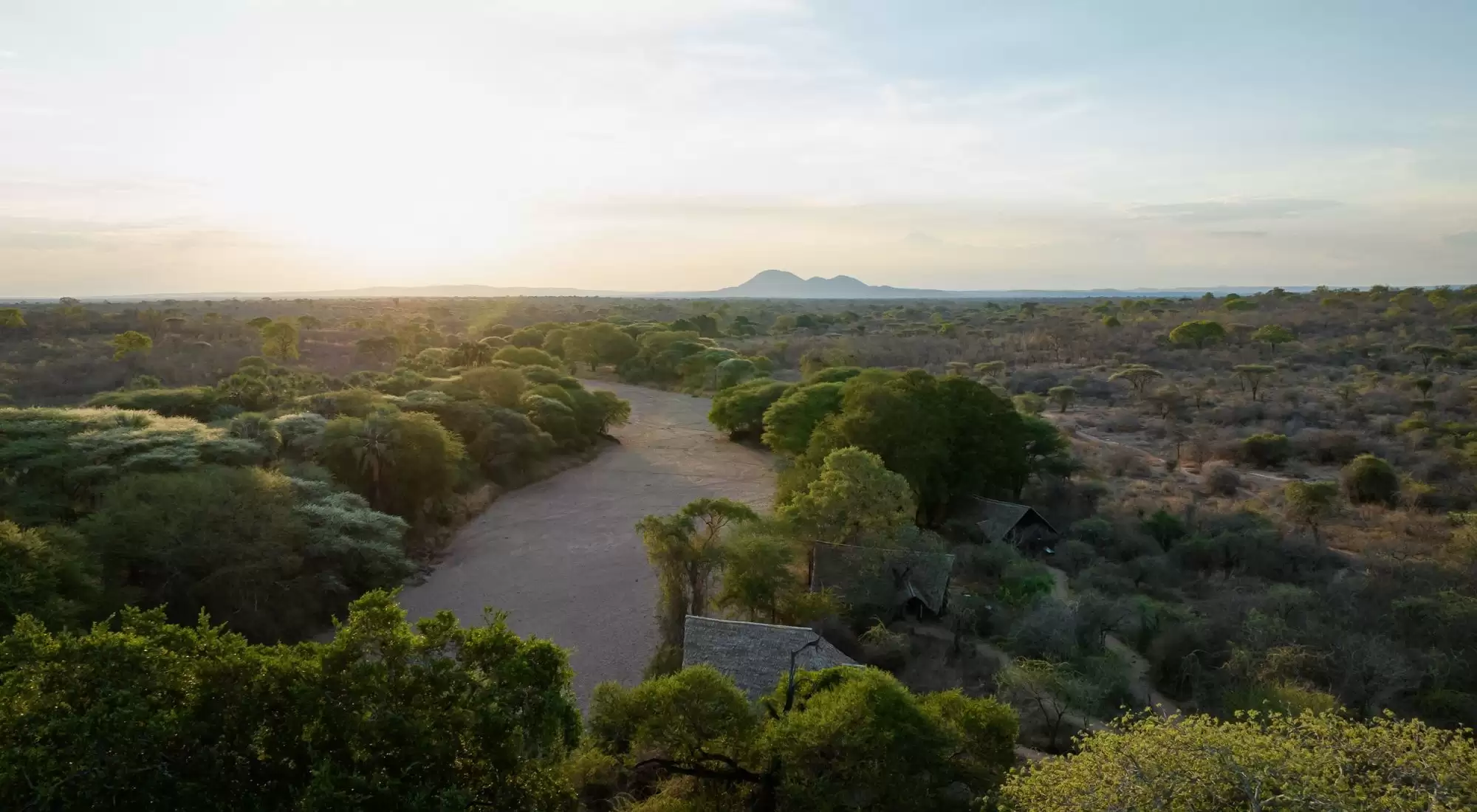Although there are no rhinos in the park, there are healthy populations of wild dog, leopard, lion, cheetah, buffalo, hyena, black-backed jackal, bat-eared foxes, giraffe and elephant. Vast herds of buffalo, as well as cheetahs can be found on the plains, while the leopards reside in the more dense, shadows of the woodlands. On the shores of the Great Ruaha River you will encounter countless crocodiles and hippos. Large herds of elephants can be seen especially during the dry season when they gather around the dry riverbeds digging for water with their trunks and front feet. A staggering 10,000+ pachyderms frequent this area.
The park has an abundance of bird species, with 574 species of birds recorded in this area. The great cross-section of vegetation and altitude contribute to this. Interesting species include the eponymous Ruaha red-billed hornbill and the Ruaha Chat where it was first observed in Ruaha and named accordingly. During the rainy season between February and April migrant bird species from Europe, Asia and Madagascar arrive in the Ruaha.
Ruaha also has beautiful landscapes dotted with acacias, baobabs and over 1,650 plant species.

